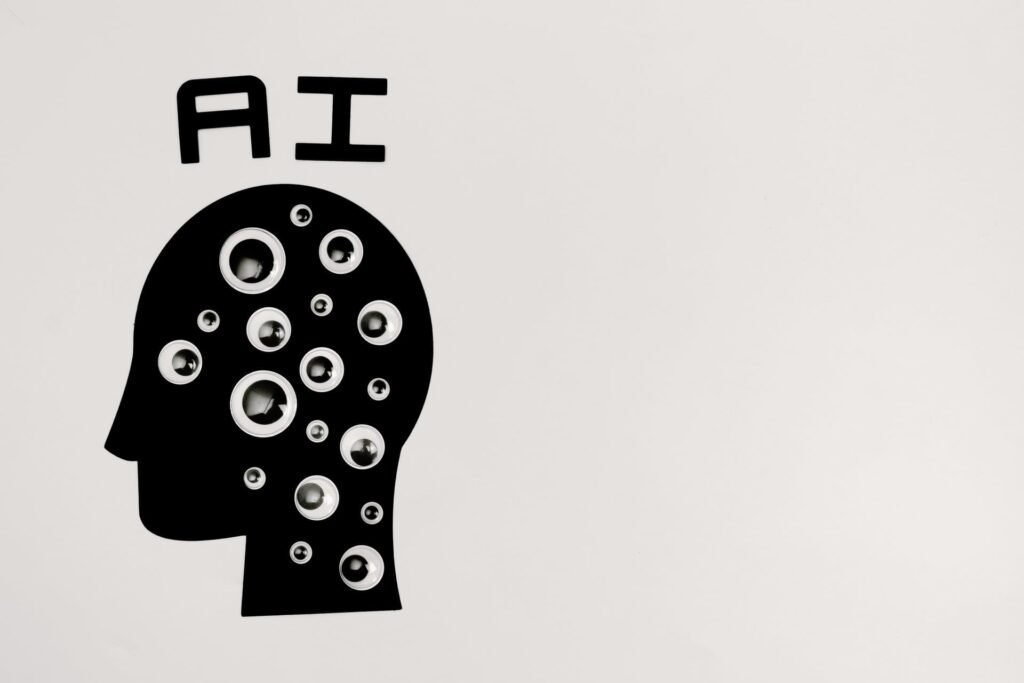Evolution of Poker Bots: From Simple Programs to Advanced Artificial Intelligence
Online poker has revolutionised the game, bringing it to millions of new players who have never set foot in a casino, and probably never will. Whether it’s Texas hold ’em, Omaha or any other poker variant, now anyone can enjoy a game at home when they want, or thanks to mobile apps, wherever they want as well.
But technology has advanced since those early digital poker games launched around 1998, and the games we have today are unrecognizable from those early offerings. As with anything where money is at stake, players look to maximise their chances of winning, and poker bots are one of the ways of doing that with online card games.
Like poker itself, they have advanced rapidly over the years, but how did they begin, what are they, and how will poker bots continue to evolve?
Try NZT AI for free
Play in 18 supported venues, use table player level detector and autoclicker to scale your bot farm
The Early Days of Simple AI in Poker Bots
Poker bots actually came before online poker itself, with Orac being one of the first known bots created in 1981. After several years testing and training software, he used the bot to play Bob Stupak, a casino owner, and had the game filmed for national TV. Orac lost.
In the near two decades after that, before online poker was accessible, scientists used card games as a training tool for AI. Using data of previous games to identify probabilities in current games and make decisions based on that analysis makes machine learning and artificial intelligence perfect for poker applications. As technology advanced, so did the bots.
While most early bots used blackjack as a development game, because it is driven by simple probability of a specific card appearing in a known deck of cards, the much more complex poker was still a subject that saw frequent research. Driving this development forwards was Darse Billings, a US professor, who chose poker for research because any player has incomplete information, they don’t know what cards other players have.
These early bots used entirely software-based systems that analysed probabilities based on a large database of games, and were not ‘intelligent’ as we know them today. That is, they did not adapt or learn, but instead simply used the bot’s specific logic solving methods applied to each stage of the game.
Technological Advancements and Their Impact on Robot Poker Strategy and the World Series of Poker
As online poker tables launched in 1998, the work Billings had done formed the basis for the first bots as we know them today, software solutions that play online poker games. Known as Vexbot, this first online poker bot was a relatively weak player, and would be easily beaten by most human opponents who had some understanding of the game. Other bots that emerged at that stage offered similar performance but scientists, including Billings, continued to develop them.
In 2005 the world’s first poker bot tournament was held in Las Vegas, and there were a surprising number of entrants. These bots were similar in design to the early offerings and were not learning systems as we understand AI to be today. Again, the algorithms and analysis of data, while more sophisticated, were at the heart of these solutions, with systems that were limited to understanding the game in terms of the database of previous games they had access to.
At the end of the content, the winning bot was easily beaten by a human player, showing that while progress has been made, the idea of a bot being able to play and win against humans on a regular basis still had a long way to go.

Breakthroughs in AI and Poker Bots From Polaris to Libratus
The first real breakthrough came in 2007, with Polaris. Created by a research group from the University of Alberta, led once again by Billings. Compared to poker bots today, Polaris still offered relatively basic gameplay, but used new real-time logic to make decisions in game. It was able to model individual player’s behaviour, marking a significant advance in bot technology and one of the first examples of real-time learning through AI.
While continued refinement did give later bots an edge, the next real breakthrough didn’t appear until 2015. Cepheus became the first bot to ‘solve’ heads up no limit Texas hold’em. Using 200 processors and a lot of memory, over a 2-month period it calculated every possibility in the game, all 316 quadrillion of them, and was programmed to play a “balanced strategy”. The result was an unbeatable program, however the way it played meant that if winning money was the goal, it would not really help much.
Cepheus was followed by Claudico in 2015, which was the first true no limit poker bot and a development of Cepheus, but was unable to win against any professional player, however the next true advance came in 2017, with Libratus.
Liberatus was an evolution of Libratus, still requiring extensive resources to operate, and using advanced learning programs that adjust to the scenario as it develops. It was the first poker bot to beat human opponents on a regular basis, playing games during the day then analysing each move overnight, so the next day it could improve its decision making.
Building on Libratus is the modern poker bot, the first of which appeared in 2019, Pluribus. These bots differ in significant ways, and offer impressive capabilities that go far beyond anything that came before.

Modern Poker Bots Today: Capabilities and Strategies of Pluribus and Other Poker AI
Pluribus and other modern poker bots use advanced and sophisticated AI algorithms to learn and adapt in real time, and as such no longer need the extensive resources that previous bots used to operate. In fact, Pluribus can operate on as little as 128 GB of ram and two processors, so it can be run from a cloud node is needed.
It wasn’t trained on a database of games either. Instead, the software was taught the rules of poker, and then allowed to play and learn as it went. These bots not only understand the game, but can make on-the-fly choices in how they approach each hand to maximise their chances of winning, analysing other players as they go.
The result is a poker bot that can happily play against more than one opponent at the same time, which is what we imagine when thinking about a poker bot. Pluribus was the first bot ever to beat multiple professional poker players at once, playing against five pros over ten thousand hands and coming out as the winner.

The Future of Poker Bots and AI Research
So, with Pluribus showing that modern, advanced AI systems can learn the rules of poker and develop into a player who can beat multiple professionals simultaneously, all while needing minimal resources, where else can poker bots go?
People using bots to play online poker tables has been an issue the various poker platforms have been dealing with for a while, but while in the past it wasn’t such a major issue as the bots were unsophisticated and relatively easy to overcome, having games dominated by bots that can handily win against a table of pros is something else. Especially when something like Pluribus able to run on a cloud platform costing less than $100 a month, it would be easy for almost anyone to set up such a system.
Poker bots never feel tied, they never get nervous about a pot, so over time, they could overwhelm players if left unchecked. So the future of bots in the commercial arena is always going to be more checks and security systems on platforms to stop them. But what about the technology itself?
Artificial intelligence is advancing rapidly in every field, and we would be silly to think that poker will be any different. Advanced learning software will continue to become more sophisticated in both its understanding of the game and the strategies it deploys.In a decade, instead of challenges to see if a bot can beat a pro player, we will be holding challenges to see if the pro can beat the bot.
Conclusion
There is no doubt that bots have come a long way, from systems that could barely play to learning algorithms that not only learn, but adapt to players in real time. For online poker, a rapid growth in bot use could be disastrous, after all, if every table is full of bots than can easily beat newer players, why would anyone stick around long enough to learn?
The technical aspect of the bots is fascinating, and seeing that develop is a good indicator of where AI is in other applications too, but we must be aware of their use in the online poker community, and how that could impact the game across the world.
FAQ
What were the initial capabilities of early poker bots, and how have they evolved?
Early poker bots were based upon logic systems and required strategies to be programmed into them. Ass such they were predictable and easily beaten. Over time, AI has grown more sophisticated, first allowing for performance analysis and strategy adjustment between games, and ultimately today, with real-time analysis and decision making.
How did breakthroughs in AI and machine learning influence the development of advanced poker bots?
Early systems were not only non-learning, that is they could not adapt beyond the strategies they were programmed with, but they also required extensive hardware systems to run. As AI’s ability has advanced, bots have become able to adapt and learn, but also shift to software based solutions that require dramatically less resources to run.
What are some of the most sophisticated poker bots currently in existence, and what makes them advanced?
Pluribus is the most advanced poker bot today, able to play no-limit hold’em against multiple pro players at once and beat them. Pluribus is a fully developed learning solution, it was programmed with the rules of poker, and has since evolved its strategies based on its experiences in games.
What might the future hold for poker bots and their role in both online and live poker?
With ever advancing AI software, bots that can hold their own in tournament play and more are becoming both affordable and accessible. It is clear they are going to become better players and more difficult to detect from a normal human player, and eventually the best player in the world is very likely to be a poker bot.




